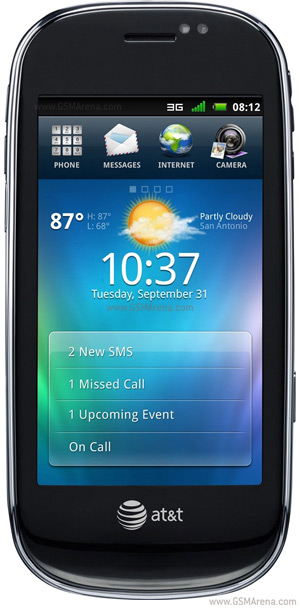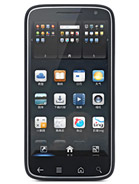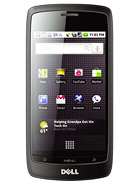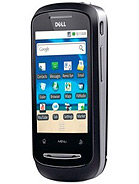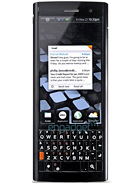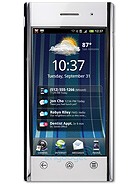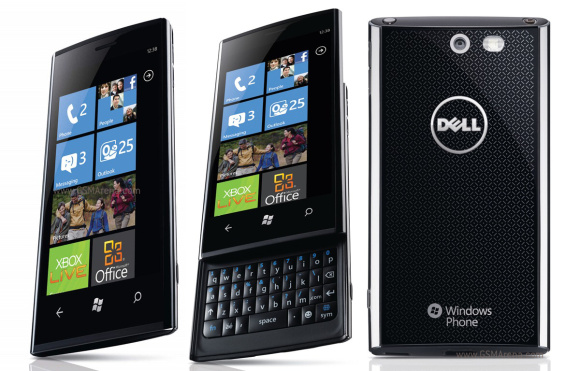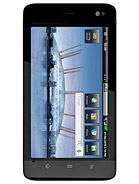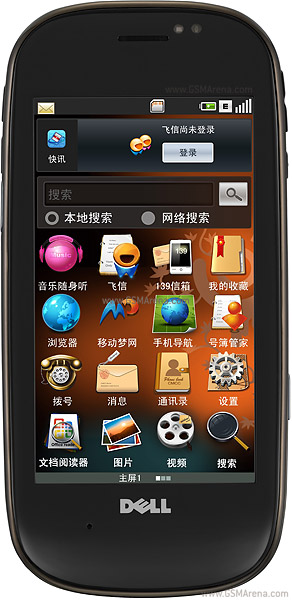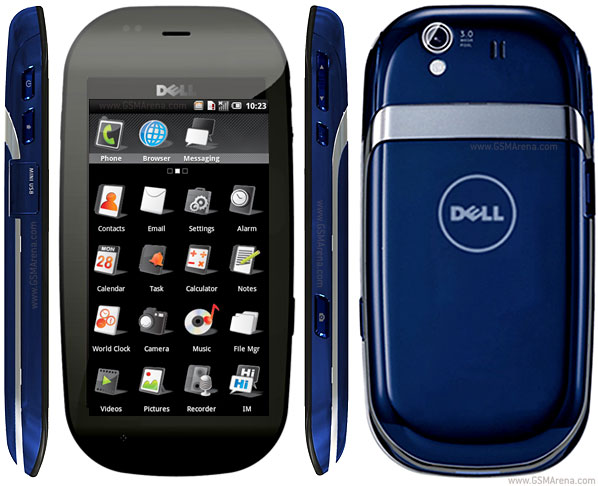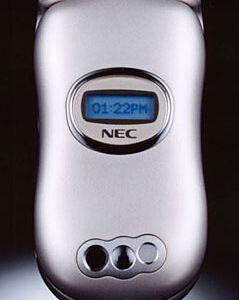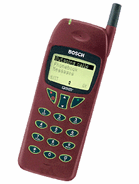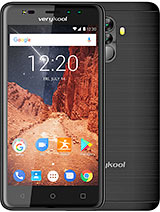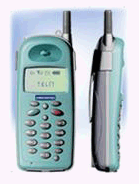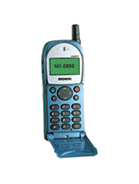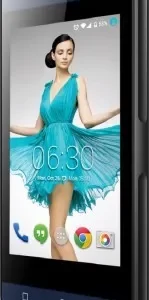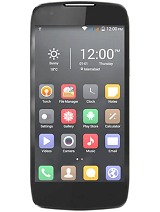Dell Aero Overall Review
The Dell Aero, launched in March 2010, marked Dell’s foray into the smartphone market with an Android-powered device that aimed to blend functionality with style. Featuring a 3.5-inch display, the Aero was designed to offer a compact yet efficient user experience. Protected by Corning Gorilla Glass, its screen was ahead of its time, providing increased durability and resistance to scratches.
One of the standout features of the Dell Aero was its 5 MP primary camera, which, for the period, allowed users to capture decent quality photos. Despite being equipped with a relatively modest 1000 mAh battery, the Aero managed to deliver a satisfactory day-to-day performance, primarily due to the less demanding nature of apps and services at the time.
However, the Dell Aero operated on an older version of Android, which by today’s standards would limit access to newer apps and features significantly. Its hardware specifications, including the display resolution and processing power, reflected the technological standards of the early 2010s, making it a device focused on basic smartphone functionality rather than high performance.
